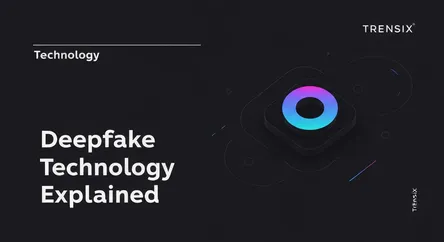Technology
Deepfake Technology Explained

Discover deepfake technology, the AI-driven method for creating hyper-realistic synthetic media. Learn why it's trending and its societal impact.
What is it?
Deepfake is a term for synthetic media created using artificial intelligence. The name is a blend of "deep learning" and "fake." This technology employs sophisticated AI models, most notably Generative Adversarial Networks (GANs), to superimpose existing images and videos onto source images or videos. The result is a highly realistic but fabricated piece of content where a person appears to be saying or doing something they never did. Originally a niche concept, the technology has become increasingly accessible and convincing.
Why is it trending?
The rise of deepfakes is driven by rapid advancements in AI and the wider availability of tools to create them. High-profile examples, from celebrity face-swaps in movies to viral political parodies, have captured public attention. This technology is no longer confined to research labs; it's being used in entertainment for special effects, in marketing for personalized ads, and unfortunately, as a powerful tool for creating convincing misinformation and malicious content, which keeps it in news headlines.
How does it affect people?
Deepfake technology has a dual impact. Positively, it can revolutionize filmmaking, create realistic avatars, and even help restore historical footage. However, the negative implications are profound. It poses a severe threat through political disinformation, which can sway public opinion and undermine trust in institutions. It's also used for creating non-consensual pornography, financial fraud through voice cloning, and spreading false narratives. The core challenge is the erosion of trust, making it difficult for people to distinguish between real and fabricated content, which has serious consequences for society.